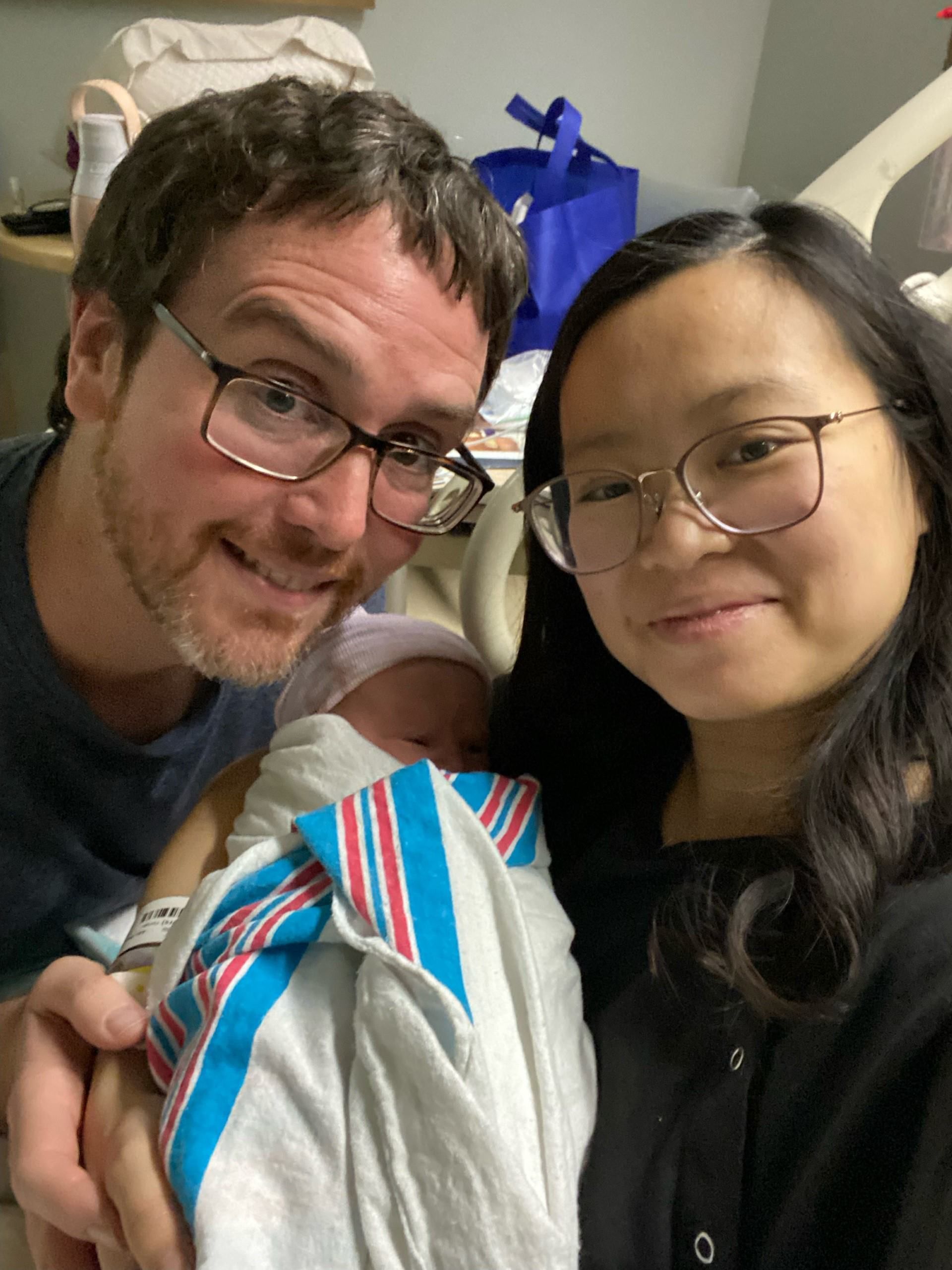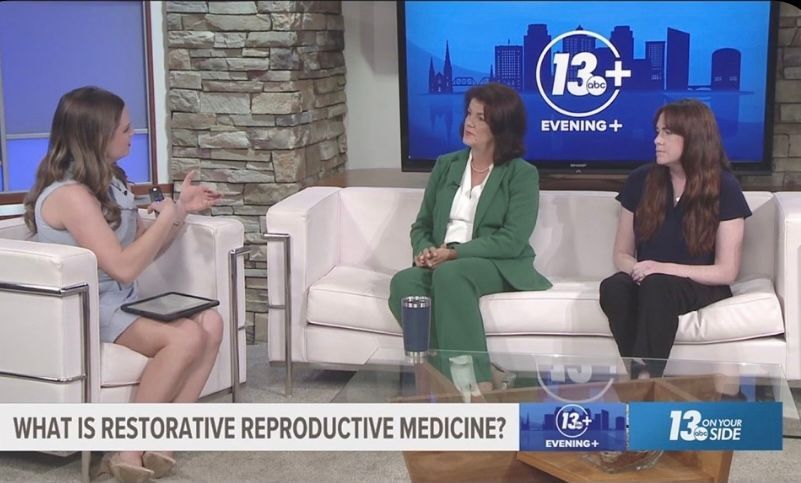What You Need To Know
March is Endometriosis Awareness Month.
Endometriosis can have a profound impact on women’s lives, including associated pain, infertility, decreased quality of life, and interference with daily life, relationships, and livelihood. The first step in alleviating these adverse effects is to diagnose the underlying condition. For many women, the journey to endometriosis diagnosis is long and fraught with barriers and misdiagnoses. [i]
How many women are affected?
A paper last year in the Journal of Obstetrics and Gynecology found that an estimated 4 million women of reproductive age in the US have been diagnosed with endometriosis. The true prevalence of endometriosis, however, is unknown because so many cases go undiagnosed, but studies estimate that it affects roughly 1 in 10 women.
How is endometriosis diagnosed and why it is sometimes misdiagnosed?
Laparoscopic surgery is the gold standard diagnostic method. Lapraroscopy allows a gynecologic surgeon to insert a camera into the abdomen to visualize and biopsy implants that may be embedded on the surface of pelvic organs including the ovaries, fallopian tubes, inner lining of the abdominal cavity (called the peritoneum) and sometimes even the intestines. Yet surgery can be risky, impractical, and costly. So, researchers have been investigating other ways to make the diagnosis. Although multiple studies have attempted to identify blood tests that can diagnose endometriosis without surgery, no blood tests are reliable enough for making the diagnosis. Imaging studies like ultrasound and MRI can give clues to make the diagnosis if they show large endometriotic implants, but smaller implants often go undetected. The continued lack of a safe, reliable, non-invasive test for making the diagnosis is one reason that women often experience frustrating delays before being diagnosed. A large study across 10 countries found that for women aged 18–45 years, the average delay in diagnosis was 6.7 years (7-11 years in the US).
Lack of clinician awareness about endometriosis is another reason for delays in diagnosis. In the same study referenced above, women reported an average of 7 primary care visits before being referred to a gynecologist. Symptoms can take many forms, including painful periods, pelvic pain outside of menstrual periods, pain or problems with bowel movements or urination, pain with intercourse, and difficulty getting pregnant. Primary care providers unaware of the range of symptoms may not think of a connection between bowel or bladder symptoms and a gynecologic condition like endometriosis.
How “charting” may aid in diagnosis
Fertility awareness cycle tracking can reveal signs and symptoms that may aid in diagnosis:
1) An abnormal bleeding pattern may be a clue about underlying endometriosis. A study by Heitmann and colleagues showed that premenstrual spotting is linked to endometriosis in women with subfertility. [ii] Cycle tracking makes it easier to notice premenstrual spotting and bleeding abnormalities in general.
2) Cycle tracking can identify abnormal cervical fluid patterns that are sometimes seen in women with endometriosis. Emerging evidence suggests that more inflammatory proteins may be present in the cervical fluid of women with endometriosis. Cervical fluid plays an integral role in fertility. Many studies report lower fertility rates in women with endometriosis compared to patients free from this disease suggesting a link between the two. However, more research is needed to better understand how endometriosis may affect cervical fluid and how cycle tracking can help make the diagnosis of endometriosis.
How is endometriosis treated and managed?
There is no cure for endometriosis — it is a chronic condition. However, it can be treated to manage symptoms and restore healthy reproductive function in many cases. It is important to address both inflammation and pain early to avoid long term consequences like scar tissue formation (adhesions) in the pelvis and central pain sensitization, when the brain begins to process pain signals even when inflammation is not present.
Treatments generally involve surgery, medication, or a combination of both. While a common conventional treatment is hormonal suppression with contraceptives like birth control pills, other hormonal and non-hormonal treatment options are also available. Nonsteroidal anti-inflammatory drugs (NSAIDs) to reduce both pain and inflammation, progesterone therapy, estrogen-reducing medications called aromatase inhibitors, and other treatments may help to treat symptoms and block further growth of implants. This overview from the Mayo Clinic is a helpful resource for understanding diagnosis and treatment protocols.
Aside from surgery and medication, there is ongoing research on the benefits of maintaining a healthy lifestyle that limits exposure to inflammatory chemicals and foods.
Endometriosis and infertility
In the hands of an experienced endometriosis surgeon, excision surgery to remove visible areas of endometriosis, especially deep infiltrating lesions, can improve a woman’s chance of conceiving naturally. In many cases, surgery can restore anatomy that has been distorted by scar tissue and remove inflammatory tissue that may be suppressing normal ovarian and fallopian tube function. Pregnancy rates have been shown to improve following endometriosis surgery. A recent study of women with moderate to severe endometriosis and impaired fertility reported a 63% live birth rate after surgery, the majority without using assisted reproductive technologies.
Endometriosis diagnosis and treatment at Reply
If you have been diagnosed with endometriosis or are struggling with undiagnosed pain or symptoms, Reply physicians can help. Our clinicians are highly experienced in using fertility awareness cycle tracking to aid in the diagnosis of this disease. They are also expert in performing endometriosis excision surgery, offering non-surgical options, and providing subfertility treatment and support for couples having difficulty conceiving as a result of endometriosis. To learn more or to schedule an appointment, call us at 919.230.2100 or visit https://replyobgyn.com/become-a-patient/.
References
[i] Am J Obstet Gynecol. 2019 Apr;220(4):354.e1-354.e12. doi: 10.1016/j.ajog.2018.12.039. Epub 2019 Jan 6. Clinical diagnosis of endometriosis: a call to action. www.ncbi.nlm.nih.gov
[ii] Heitmann et al. Am J Obstet Gynecol. 2014;211(4):358.e1-6.











